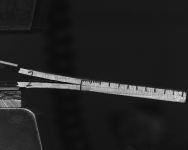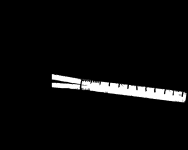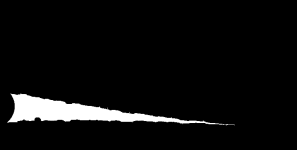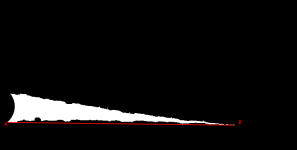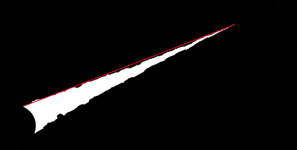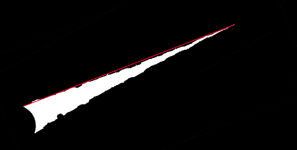Soldato
- Joined
- 18 Oct 2012
- Posts
- 8,333
so, have a bit of a challenge for you guys.
i have a series of images, many thousands, which are from a video tracking the growth of a crack. i can process these to be binary black/white pixels for clarity.
what i want to do is to track the movement of the crack, by counting the number of pixels from the fixed start point to the end of the crack. i need to do this for all the images and record the length (in pixels) versus picture number in some kind of text file.
anyone run into any (preferably open access) software that could do this?
i have a series of images, many thousands, which are from a video tracking the growth of a crack. i can process these to be binary black/white pixels for clarity.
what i want to do is to track the movement of the crack, by counting the number of pixels from the fixed start point to the end of the crack. i need to do this for all the images and record the length (in pixels) versus picture number in some kind of text file.
anyone run into any (preferably open access) software that could do this?


